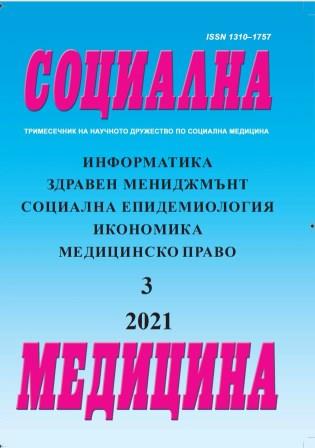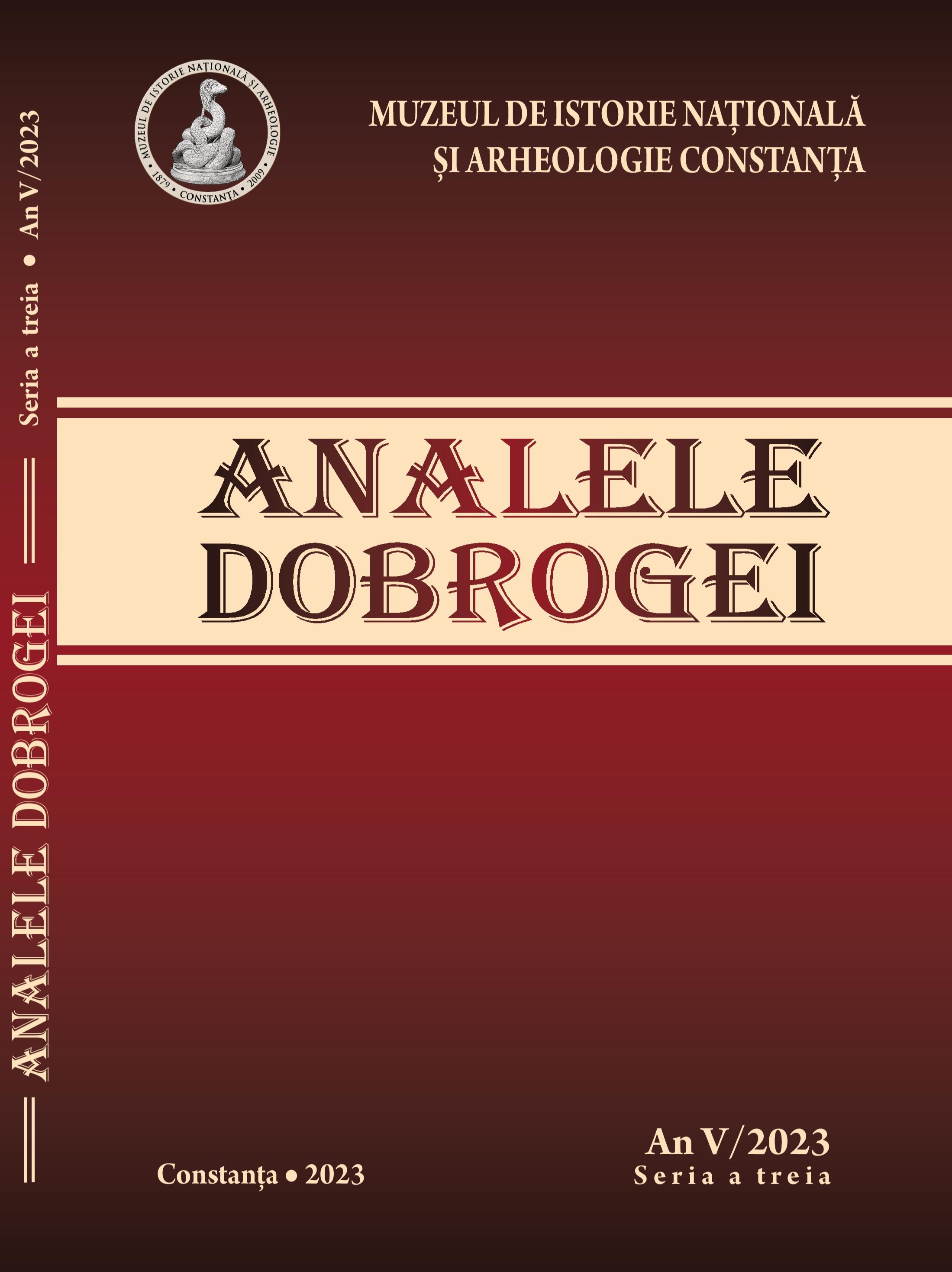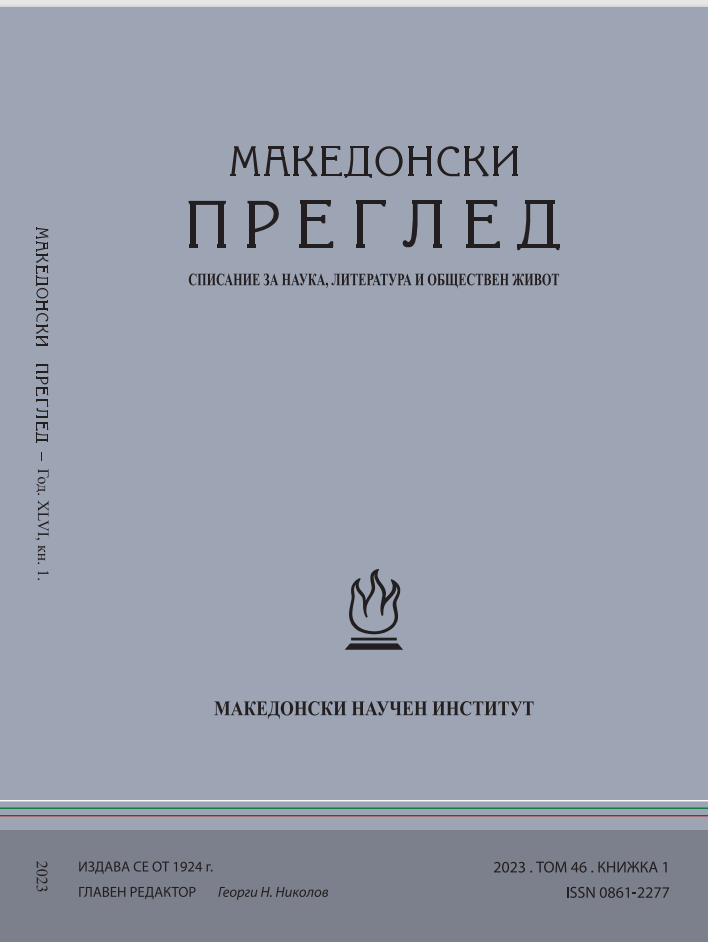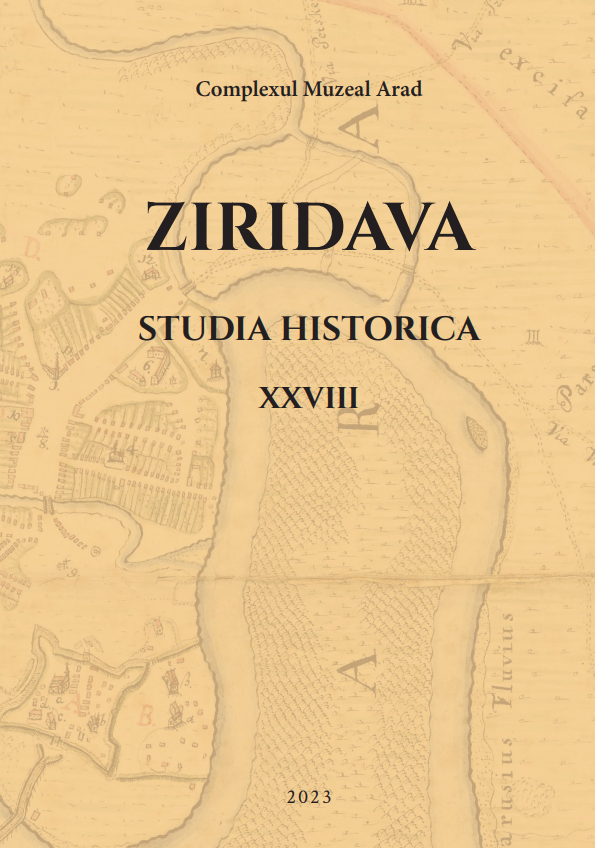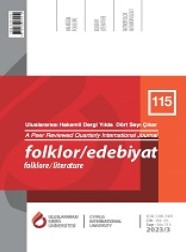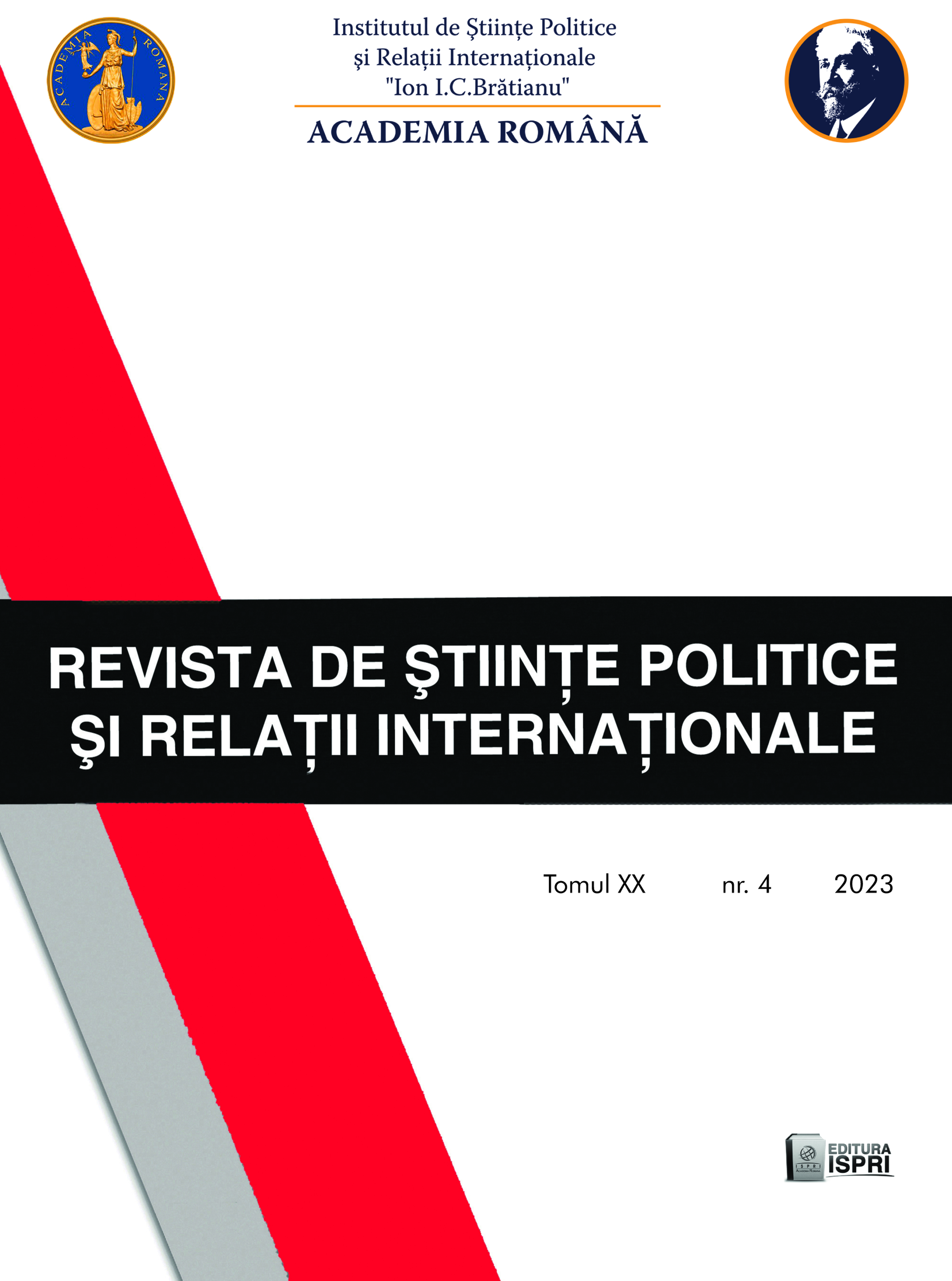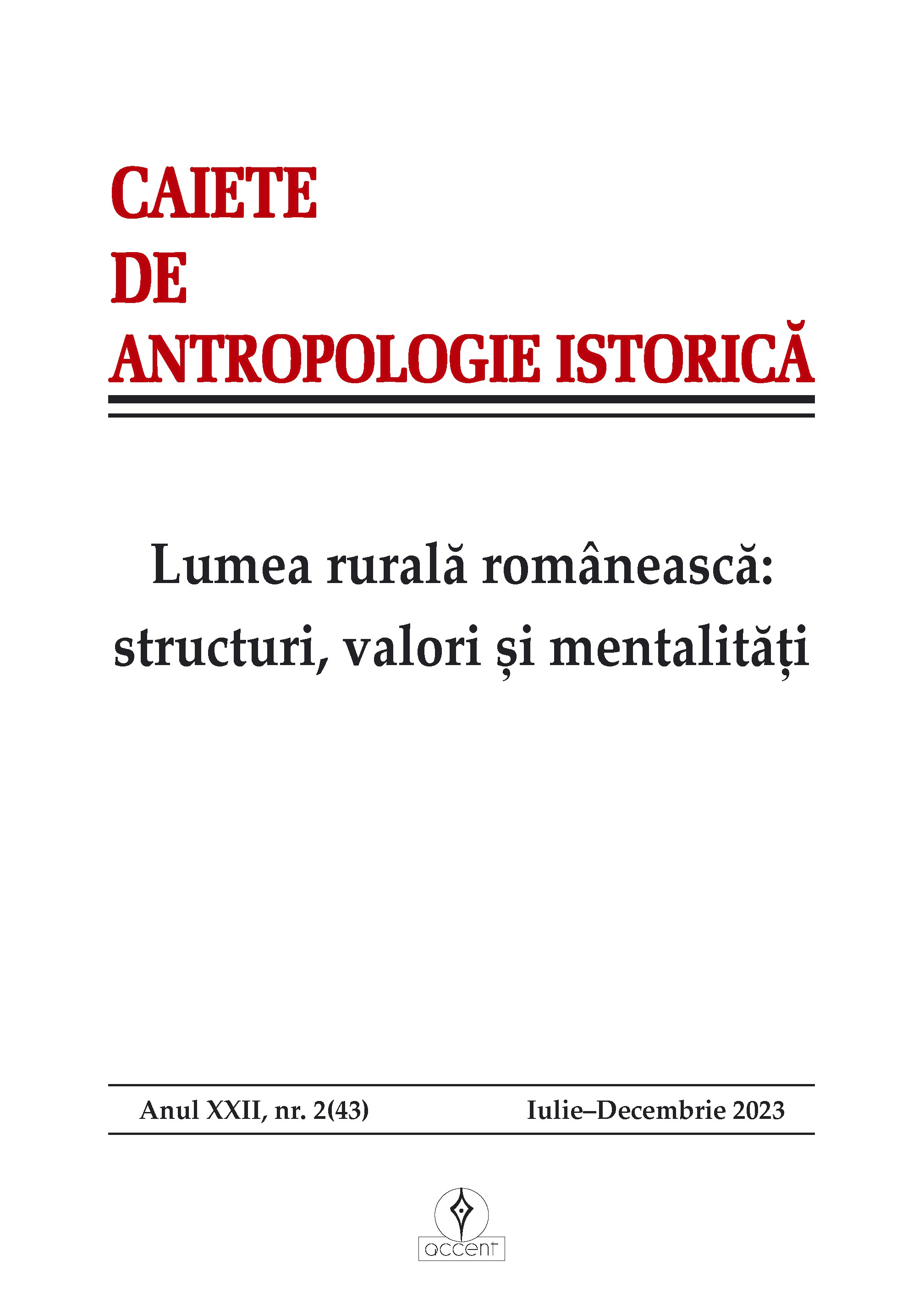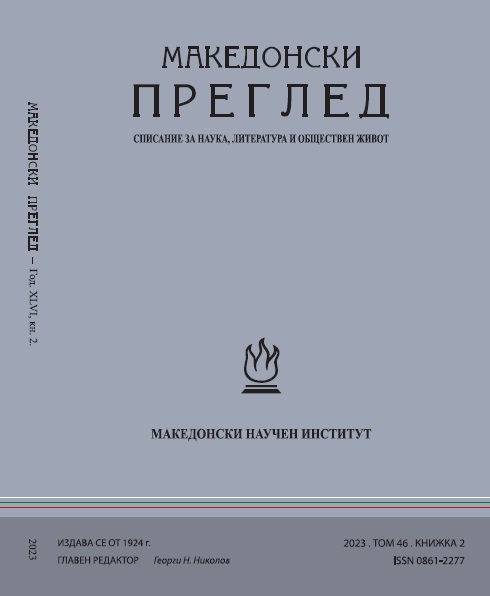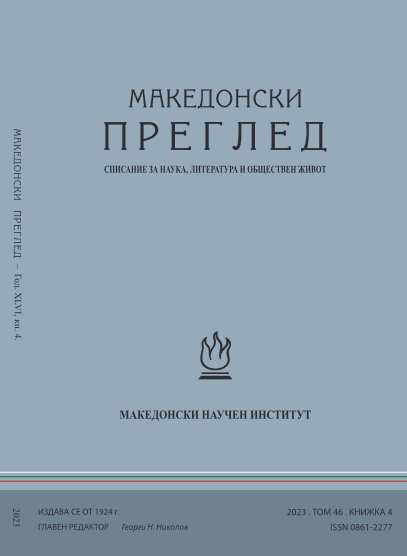Author(s): Alexandru-Florin Platon / Language(s): Romanian
Issue: 43/2023
Les « trepetnic » (du mot slave trepet qui signifie « spasme ») sont des prédictions déduites des mouvements incontrôlables des membres du corps, interprétés comme étant des signes à caractère divin. Ce sont des textes rédigés en forme de liste, où chaque partie du corps est énumérée de haut en bas, depuis la tête jusqu’aux doits des pieds, le spasme de chaque membre étant mis en corrélation avec un présage particulier. Ce type de prédictions fait partie de la palmomantie—catégorie divinatoire très ancienne, d’origine assyro- babylonienne, qui est passée, au cours des siècles, par l’entremise de la culture hellénistique, dans le monde slave des Balkans et de la Russie. Dans les Pays Roumains, la littérature palmomantique provient du monde slave des Balkans, le document le plus ancien appartenant à cette catégorie, conservé jusqu’aujourd’hui, étant daté de 1639. Partout où ils ont été documentés, y compris en Roumanie, ces documents ont la même structure, à savoir en forme de liste. Les « trepetnic » roumains sont manuscrits et, à quelques exceptions près, ils sont totalement inédits. Découverts par le philologue Moses Gaster à la fin du XIXe siècle (le premier à en signaler l’importance en publiant deux pièces), les « trepetnic » ont aussi retenu l’attention (mais de façon marginale) du philologue N. Draganu. Dans la seule étude que celui-ci leur a consacré (en 1921–1922), il a publié la plus ancienne de ces pièces (datant de 1639) qui, à son avis, a servi comme modèle à tous les autres documents de la même catégorie. Après lui, aucun historien ou philologue ne s’est plus intéressé aux « trepetnic », à part Mme Olga Șerbănescu en 1995–1996 et Gabriel Mihăilescu en 2011.Les « trepetnic » publiés par nous dans la présente étude (une pièce imprimée de 1816 et trois pièces manuscrites, datant, de façon estimative, du milieu et de la fin du XVIIIe siècle) sont tous inédits. Comme les autres documents de la même catégorie (à part ceux—très nombreux—qui, à partir du XIXe siècle, ont commencé à être imprimés), ils font partie des livres manuscrits (intitulés par les archivistes miscellanées), où ils cohabitent avec d’autres écrits, anonymes aussi, comme, par exemple, des fragments religieux à caractère apotropaïque, liste de médicaments naturistes, tableaux des signes zodiacaux, talismans etc.—tous appartenant à ce que les spécialistes nomment « culture populaire ».Vu que les prédictions contenues dans ces documents sont intimement liées au corps, nous avons proposé de les considérer comme étant non seulement du ressort de la palmomantie, mais aussi de la physiognomonie. C’est pourquoi nous avons désignés ces présages comme des « divinations physiognomoniques ». Le motif tient au fait que, tant dans l’Antiquité qu’au Moyen Âge, la physiognomonie n’était pas utilisée seulement pur déchiffrer le caractère d’une personne sur la base des traits de son visage et de son corps, mais aussi pour prédire le type d’attitude et de comportement que cette personne pouvait adopter à l’avenir.Les « trepetnic » que nous avons choisi pour cette étude ont des traits semblables à tous les autres documents similaires : énumération du haut en bas des parties du corps, chaque partie étant accompagnée d’une prédiction particulière, inversion occasionnelle du type (bon ou mauvais) du présage, lié à la partie droite ou gauche du corps (parties considérées, par la tradition, comme positive, respectivement négative), caractère extrêmement varié des prédictions, en relation avec les aspects les plus courants de la vie quotidienne (naissance d’un enfant, maladie, mariage, richesse ou pauvreté, réussite dans les affaires….) etc. À part ça, les prédictions concernent exclusivement les hommes, les femmes n’y étant pas, que dans quelques cas, concernés.Une particularité des « trepetnic » roumains, qui ressort de la comparaison avec les « trepetnic » slaves des Balkans et russes c’est—nous semble-t-il—le caractère presqu’exclusivement positif des présages associés aux mains : si, dans les cas des autres membres du corps, ces présages sont mélangés (positifs et négatifs, n’importe la partie—droite ou gauche—à laquelle ils sont liés), les prédictions en relation avec les deux mains sont, de façon presqu’invariable, positives. Ceci est dû, croyons-nous, au rôle très important que les mains jouaient dans la vie quotidienne des milieux populaires (voir paysans) d’autrefois, comme outils indispensables au travail et à l’obtention de la nourriture de chaque jour.Ceci n’est qu’un des possibles traits distinctifs des « trepetnic » roumains, à qui pourraient s’ajouter d’autres au fur et à mesure du progrès dans l’étude de ce vaste corpus palmomantique ou de physiognomonie divinatoire, très peu connu et qui reste encore à explorer.
More...
